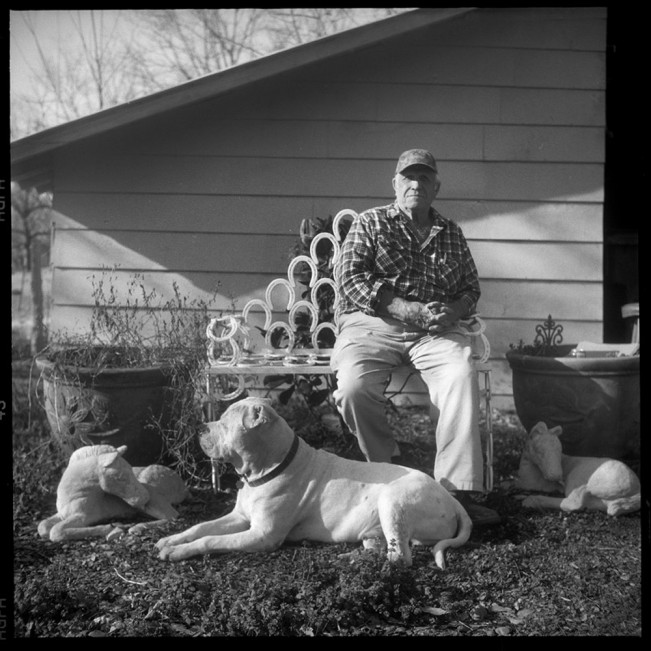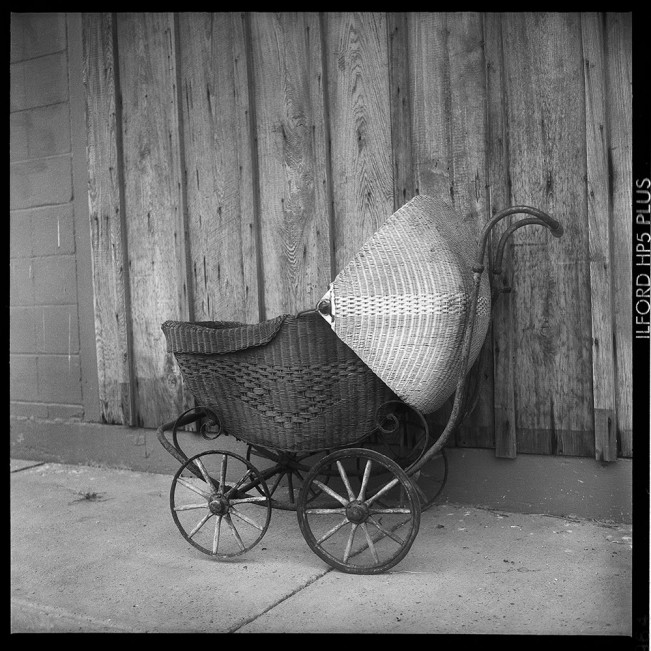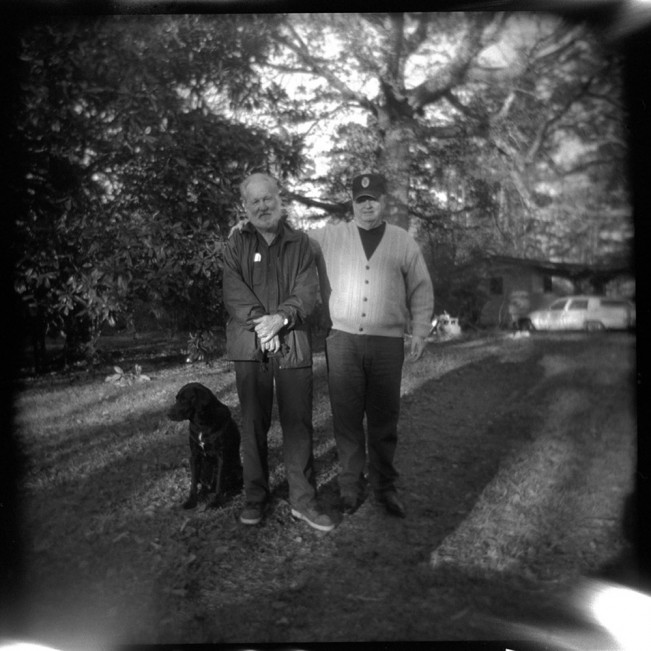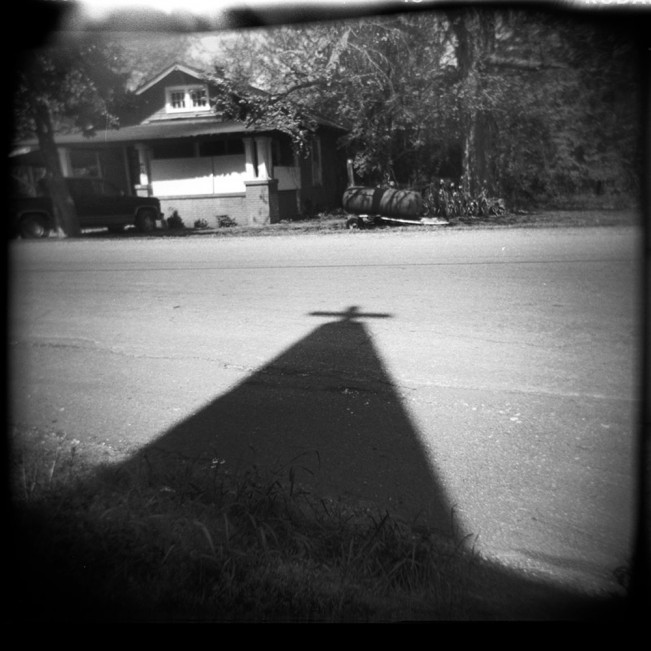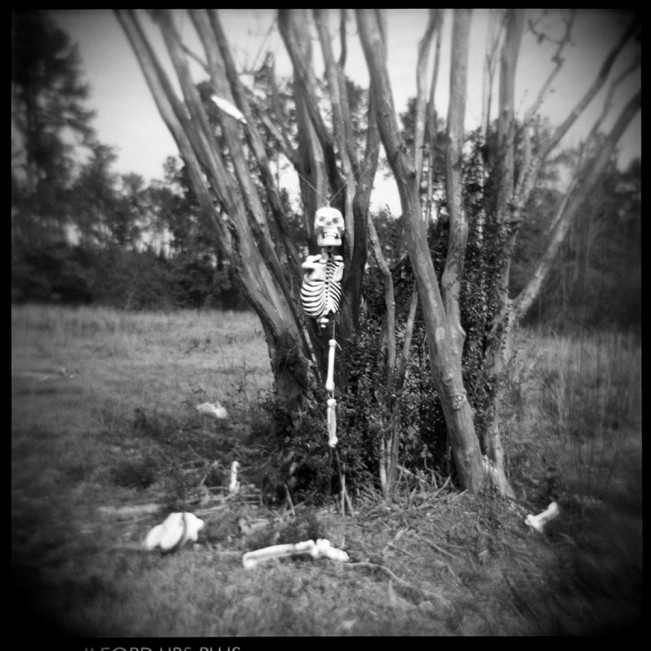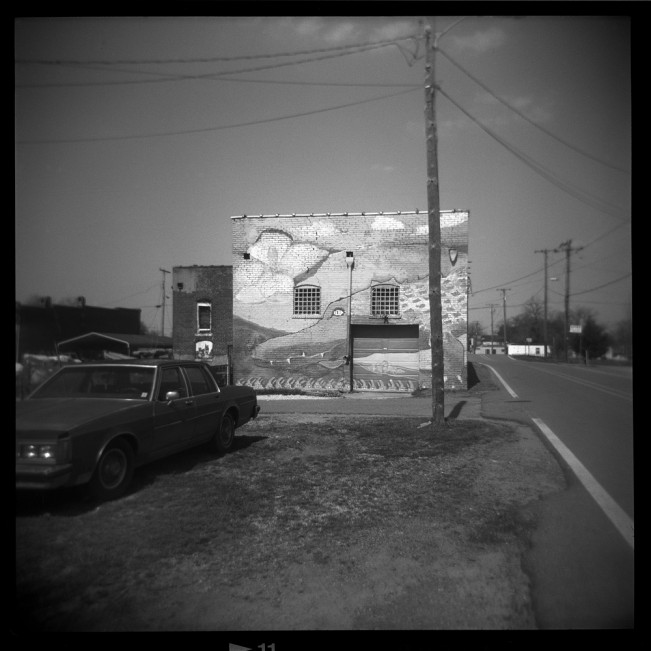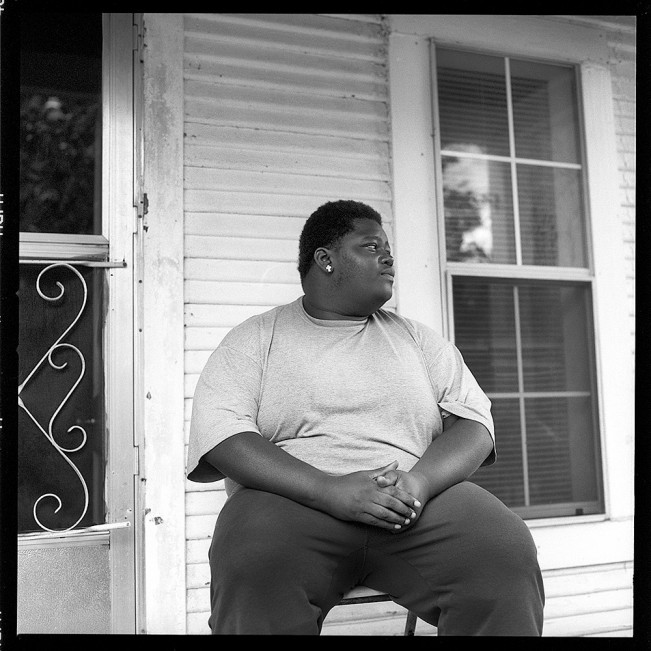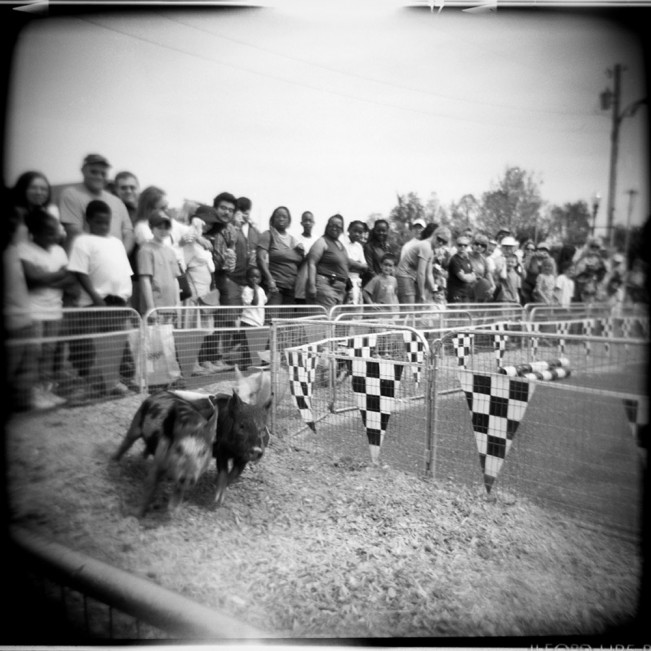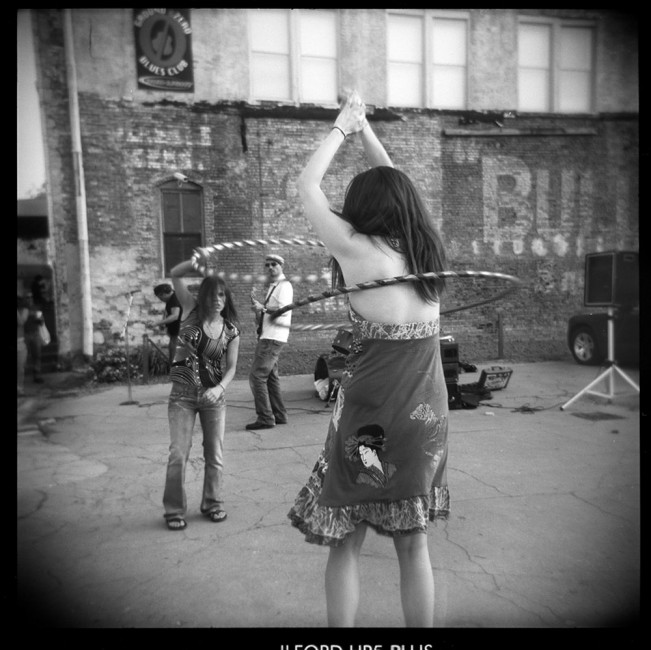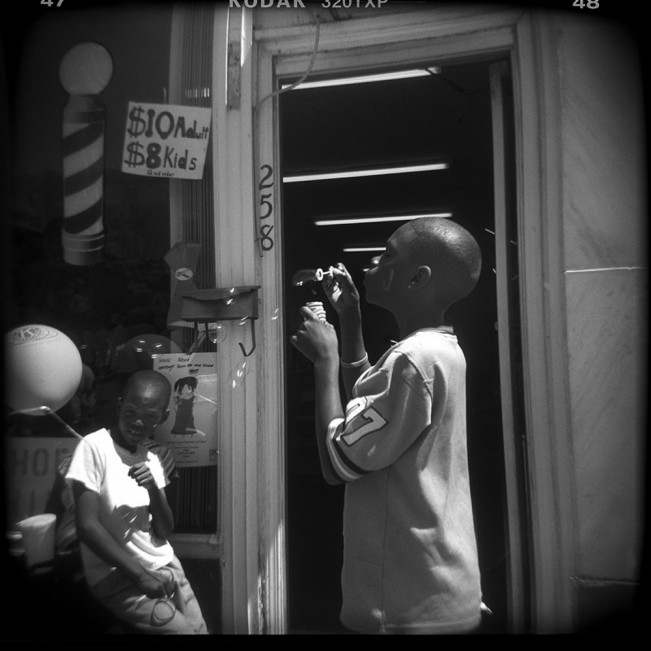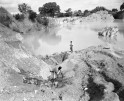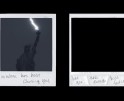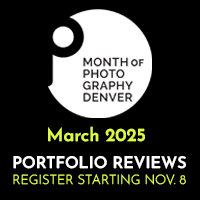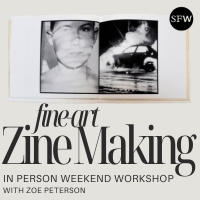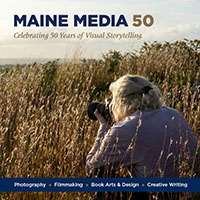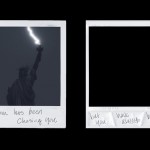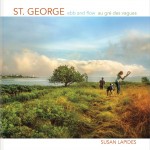Betty Press: Mississippi: The Place I Live
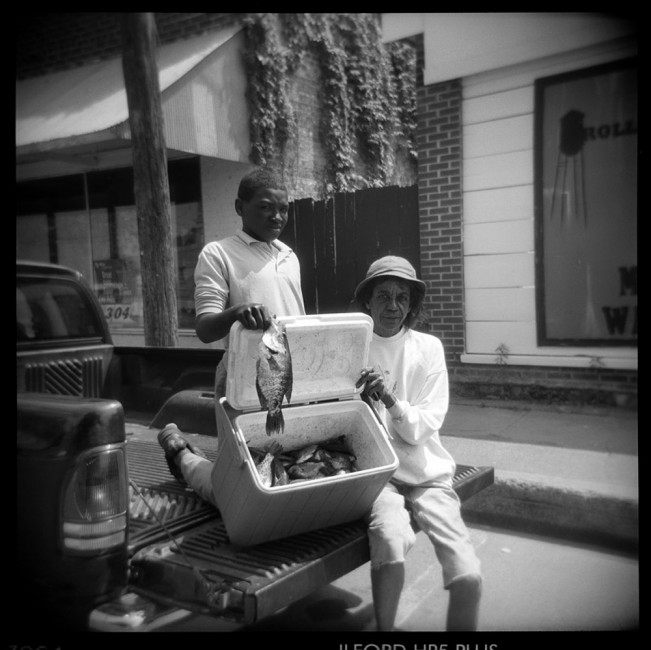
Grandmother with her grandson after a fishing trip, Rolling Fork, Mississippi. Home of Muddy Waters ©Betty Press
I had the great pleasure of meeting Betty Press at the SlowExposures Festival after being a fan of her work for sometime. Betty’s photographs have an authenticity and a sensitivity that allows her to capture place, in this case Mississippi, in a very pure way. She’s a natural storyteller and her work explores the people, places, and small moments that make up the small towns and communities of the South. Betty’s work has recently been accepted into Yale’s Women in Photography International Archive and featured in the Atlanta Photography Group portfolio show in December.
Betty currently teaches photography at University of Southern Mississippi. She grew up in rural Nebraska on a farm. She is best known for her photographs taken in Africa when she lived and worked in Kenya from 1987 to 1995. Now living in Hattiesburg, Mississippi she photographs the South as well as Africa.
Her photographs have been widely exhibited and collected around the world as well as being selected for many juried competitions. In 2011 she published her first award winning photobook I Am Because We Are: African Wisdom in Image and Proverb. She captured a stunning, life-affirming portrait of the African people and culture. In 2012 she received the statewide award in photography, from the Mississippi Institute of Arts & Letters and in 2013 a Mississippi Visual Artist Fellowship Grant.
She is represented by Panos Pictures, London; Photographic Image Group, Portland, Oregon; International Visions Gallery, Washington, DC; Fischers Galleries, Jackson, Mississippi; Oddfellows Gallery, Hattiesburg, Mississippi, and One Off Contemporary Art Gallery, Nairobi, Kenya.
Her current project deals with living in Mississippi and trying to come to terms with the “place” where she now lives.
Photobook-in-progress, shot with old cameras that render images with the imperfections, rawness, soft focus, and unexpected shafts of light that reflect the people and this mysterious, complicated state. Partially-funded with a 2013 Visual Artist Fellowship Grant from the Mississippi Arts Commission.

Mrs. White comes out of her home with her dog to tell us about White’s Grocery which she used to run with her late husband. Dogtown, Mississippi ©Betty Press
I never expected to be living in Mississippi. I grew up in a very religious and conservative family on a farm in rural Nebraska. In college I was very influenced by the Civil Rights Movement going on at that time. I got exposed to the rest of the world by traveling around the world with my husband and later working as a photojournalist for eight years in Africa. Because of this I bring a singular perspective to documenting the Southern black and white experience, which is so intertwined, and keeps the South a unique region in our country. After several years of living in Mississippi but not feeling it is my “place,” I decided to deal with this uneasiness by exploring the state, still largely rural and agricultural, through a series of road trips.

Some residents of White Station invite us to sit on their porch to talk about how life used to be in their community. White Station was the birthplace of Blues musician Howling Wolf. ©Betty Press
I started by visiting small communities listed in the Mississippi Atlas & Gazetteer, often with unusual names like Love, Darling, Expose, Fair Trade, and Midnight. The landscape away from the coast is unrelenting in its flatness or undulating pine covered hills, punctuated by small communities with their ubiquitous churches and well-kept cemeteries; county seats with sometimes crumbling courthouses, always flanked by a civil war soldier on guard. If people are out and about I stop to talk, that easy Southern hospitality and politeness coming through even with outsiders.
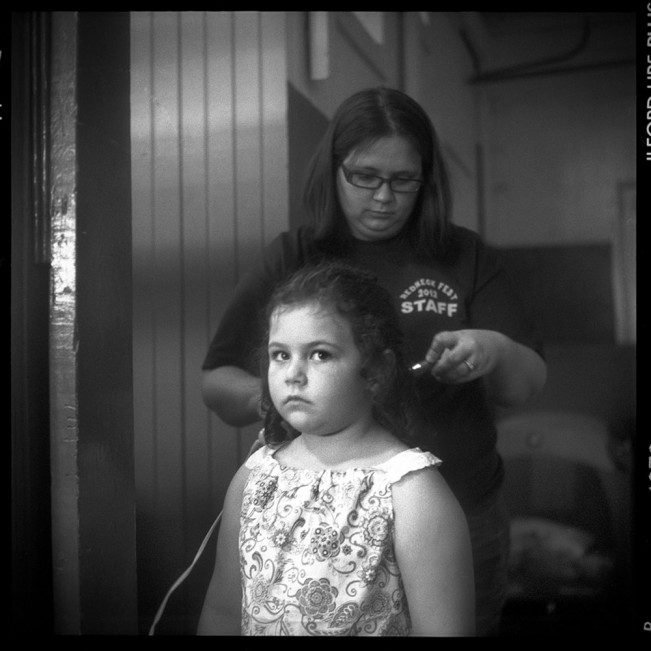
Mother fixes her daughter’s hair for the Miss Redneck Contest, Redneck Festival, Baxterville, Mississippi ©Betty Press
At other times I attended local festivals celebrating music and culture like the Juke Joint Festival in Clarksdale and the Redneck Festival in Baxterville. Along the way I saw signs and symbols of the South: the confederate flag; Bible verses posted on trees; Baptist churches; abandoned, kudzu-covered houses; trailers and brick ranch homes, salvage yards; bridges with graffiti riddled with vulgarities. Some historic places such as Bryant’s general store in Money are slowly disintegrating but not the horrible memories of what happened there.
Eudora Welty, who writes from a strong sense of place, is my visual and literary muse. Calling herself a recorder of real life, she traveled around Mississippi during the depression taking photographs for the Works Progress Administration. These were later published in One Time, One Place. She photographed not “to point the finger in judgment but to part a curtain.” I, too, am not trying to change or improve the image of Mississippi but simply to shed some light on this often-misunderstood state.
I was trained that photographs should be perfectly sharp, in focus, and well exposed. But now, having experienced more of life, this seems less important. History is clouded with uncertainties due to selective memories. Time past loses its clarity but not its meaning. Thus I chose black and white film to use with plastic and old cameras such as the Holga, twin lens reflex, and later a Hasselblad, to capture evidence of the past with cameras used in the past. The resulting imperfections, the soft focus and light leaks serve as metaphors for how landscape, race and religion have played a part in the complicated history of Mississippi and still affect lives today. Exploring and photographing is a personal journey for me to better understand the past and present, and in time, the images may reveal more of this place where I now live.
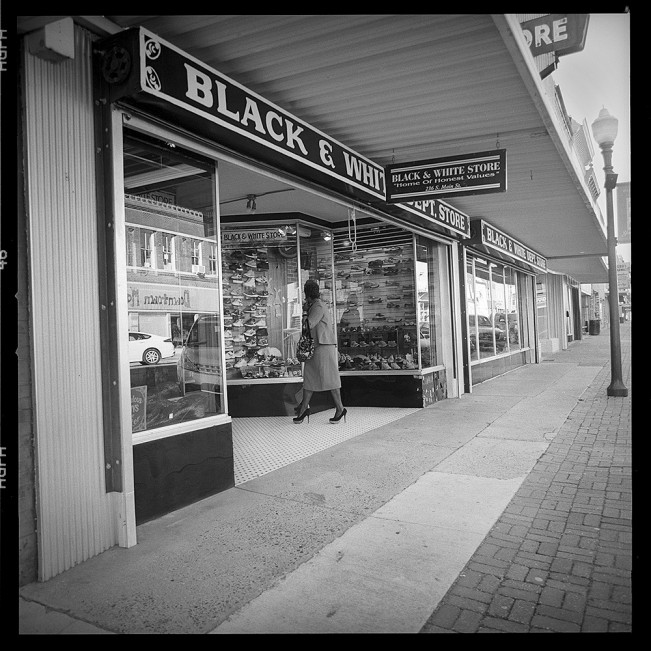
The Black and White Department Store is still in business in downtown Yazoo, Mississippi ©Betty Press
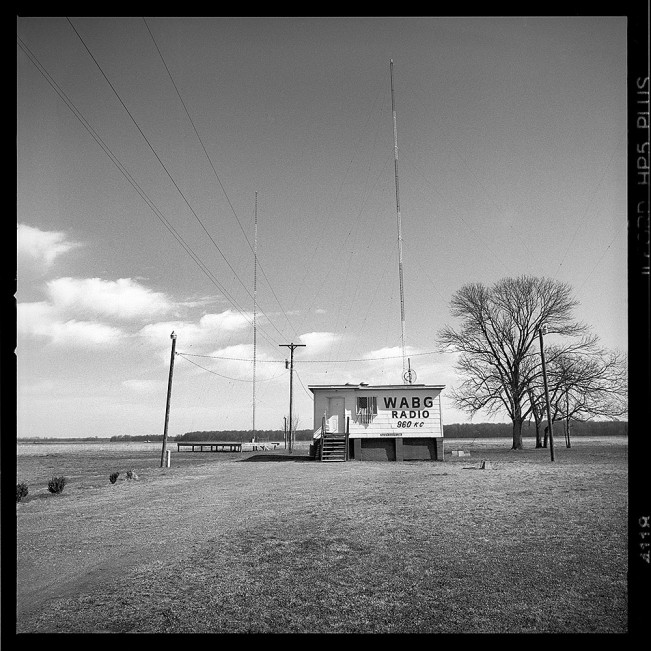
WABG Radio Station sits in the countryside a few miles north of Greenwood and on the way to Money, Mississippi ©Betty Press
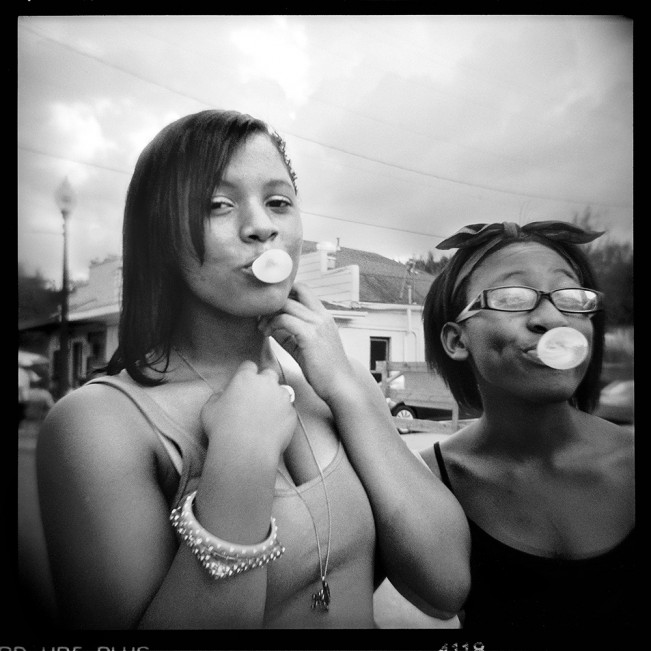
Two girls show off their bubble gum skills at the Mobile Street Historic Festival in Hattiesburg, Mississippi ©Betty Press
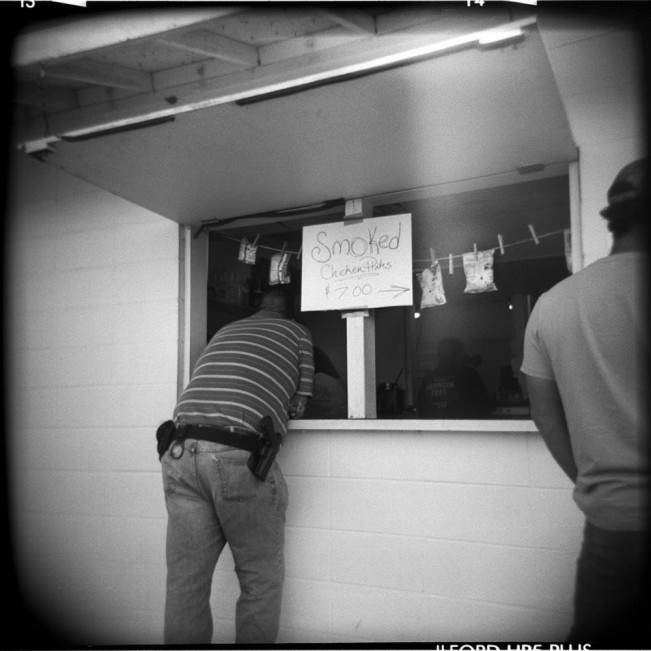
Man with a gun stops at one of the food vendors at the Redneck Festival, Baxterville, Mississippi ©Betty Press
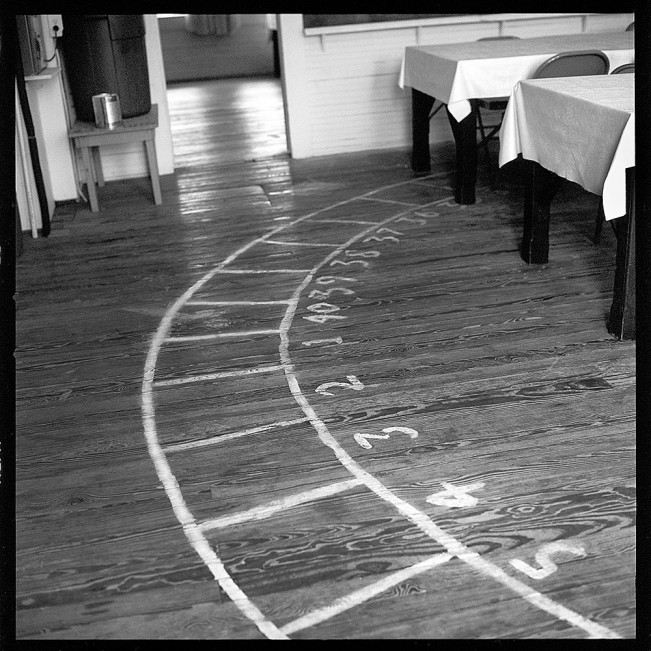
Cakewalk on the floor of an old school converted to a community center in Black Hawk, Mississippi ©Betty Press
All content on this site cannot be reproduced without linking to Lenscratch and without the permission of the photographer.
Posts on Lenscratch may not be reproduced without the permission of the Lenscratch staff and the photographer.
Recommended
-
Kari Varner: Blueprints for Slaughter and GroundworkNovember 14th, 2024
-
Jason Lindsey: FRAYED DREAMS UNDER STARS AND STRIPESNovember 12th, 2024
-
New England Portfolio Review: Ann Hermes: Local NewsroomsOctober 24th, 2024
-
Joe Reynolds in Conversation with Douglas BreaultOctober 7th, 2024
-
Melissa Grace Kreider: i will bite the hand that feedsSeptember 25th, 2024

